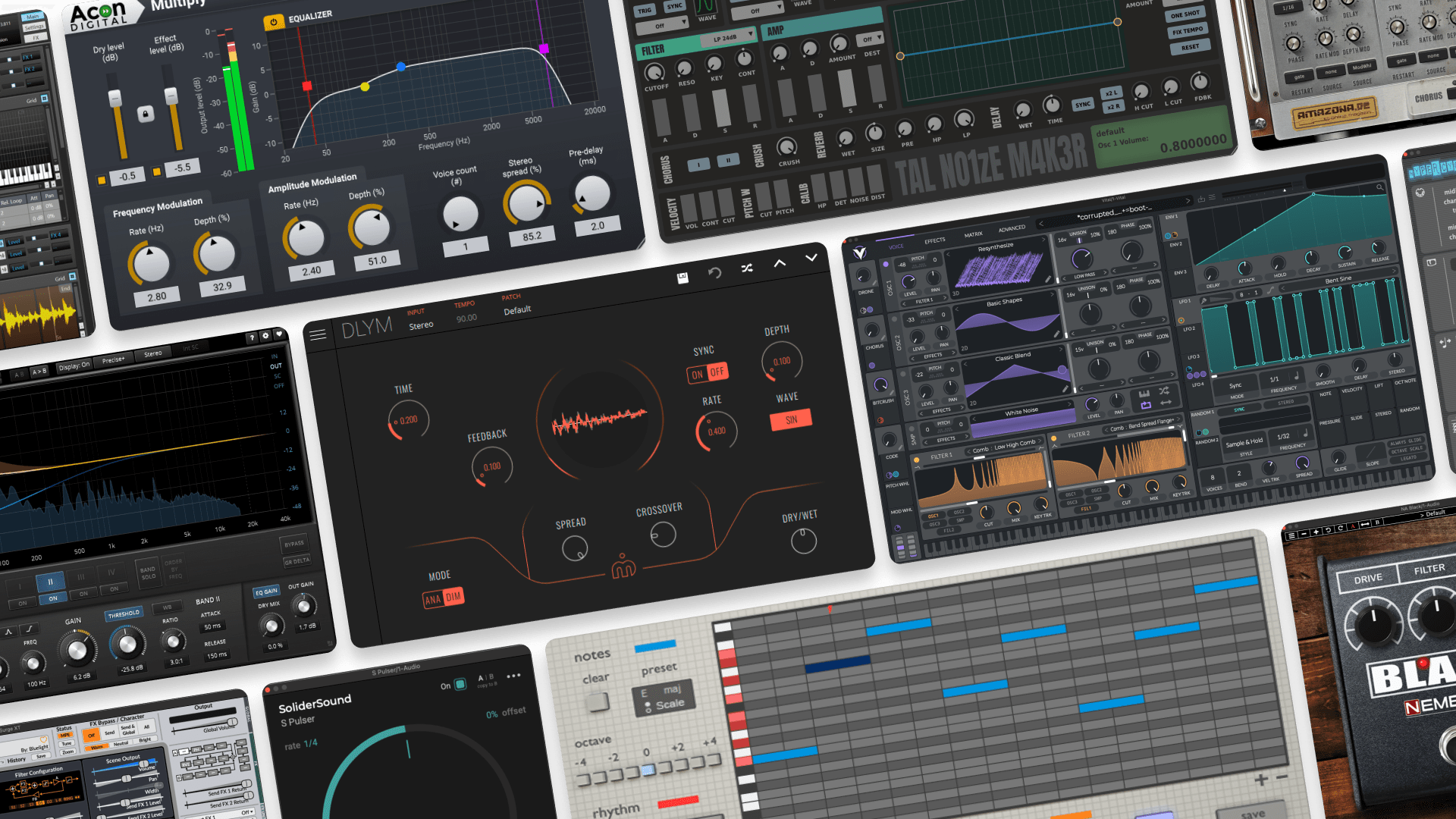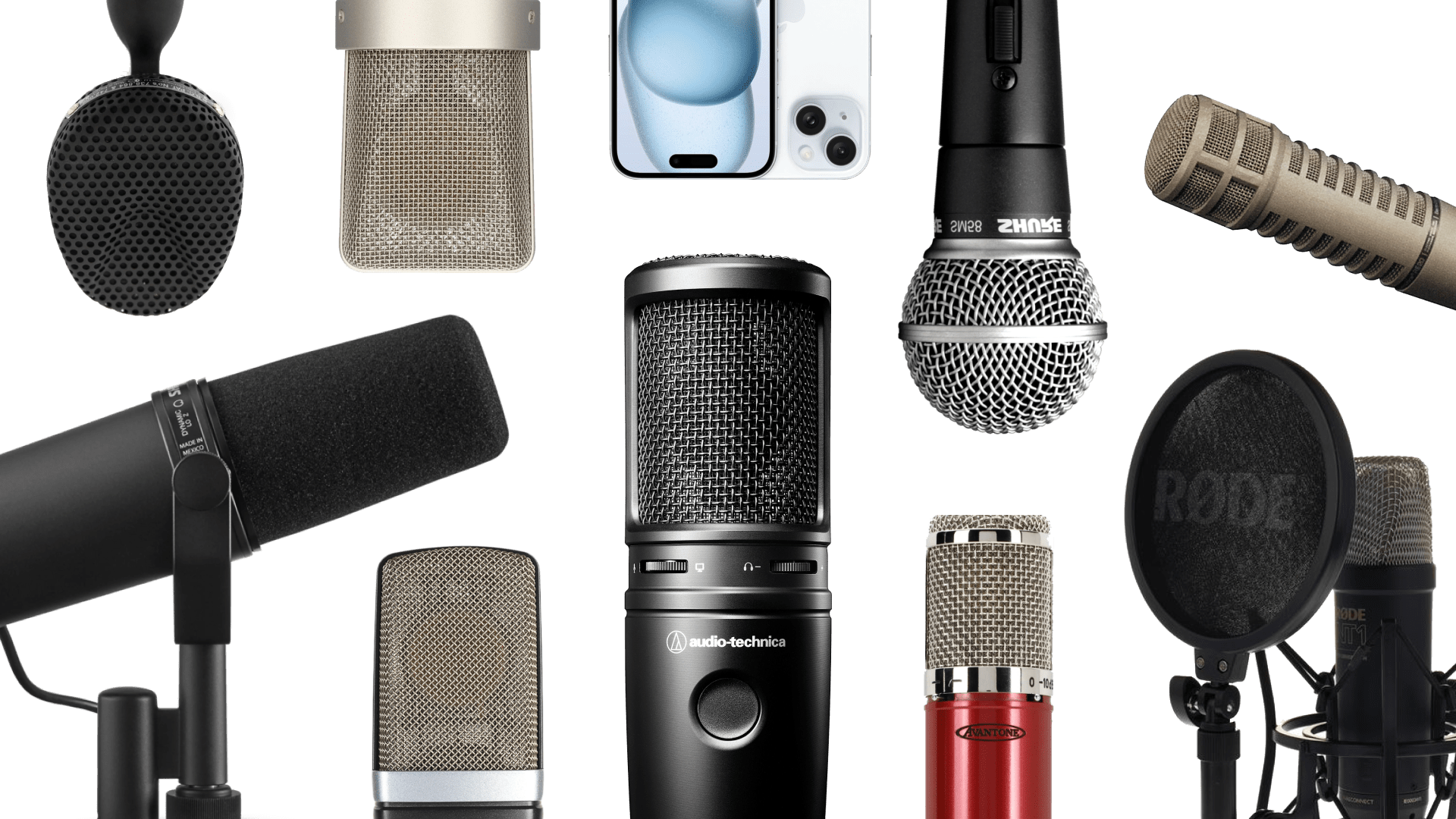
6 afinaciones alternativas de guitarra para inspirar tu sonido

Debes conocer bien tu instrumento para tocar y hacer música.
Pero a veces un conocimiento técnico demasiado profundo te encierra en patrones difíciles de romper.
La curiosidad y el riesgo son cruciales para encontrar inspiración musical. Pero crear condiciones impredecibles puede ser difícil para los músicos con años de experiencia.
Una forma de introducirte en un terreno musical poco familiar en la guitarra es explorar las afinaciones alternativas.
Hoy te compartimos seis excelentes afinaciones alternativas de guitarra, pero primero hablemos de qué son las afinaciones y por qué es importante cambiar las cosas.
Guías teóricas, consejos de producción, nuevos plugins gratuitos, guías de equipamiento y más, entregados semanalmente
Sigue el Blog de LANDR.
What are alternate guitar tunings?
Alternate guitar tunings are any combination of notes chosen for the open strings of the guitar other than the standard EADGBE tuning. Alternate guitar tunings allow guitarists to access different tonalities or patterns on the instrument.
Guitars can be tuned in any way you like, but most guitarists adhere to standard tuning:
6E-5A-4D-3G-2B-1E
In standard tuning, guitars are tuned with six strings that start low and gradually get higher. Alternative tunings occur when the guitar’s strings are tuned to different notes.
Best alternate tunings
1. Drop D tuning
The most common alternate tuning for guitar is Drop D. It’s also one of the simplest. Simply tune your low E string down one step to get drop D tuning.
Drop D tuning might come to mind for many guitarists, but there are a virtual endless amount of other tunings to explore.
Most common alternate tunings follow standard tuning’s low to high convention, but each features a unique combination of notes.
How can alternate tunings lead to musical inspiration? Something as basic as a G major chord or scale won’t translate to most alternative tunings.
Working with new and unfamiliar tunings forces you to think about chords and riffs in an entirely new way.
Working with new and unfamiliar tunings forces you to think about chords and riffs in an entirely new way.
Curiosity and problem-solving are skills that might have been dormant in your guitar playing for years become essential to writing music in alternative tunings.
Approaching playing in these tunings with patience and an open mind will translate into powerful creative inspiration.
Here are five more excellent alternate tuning options to explore:
2. DADGAD
DADGAD tuning is kind of like an extended version Drop D tuning. In this tuning, the 6th E string is tuned down to D, the B string is tuned down to A, and the 1st E string is tuned down to D.
This tuning is commonly found in Celtic music, but it’s also used in genres like rock, folk, and metal.
DADGAD was made famous by British folk guitarist Davey Graham, who was inspired to explore the tuning after hearing an oud player in Morocco.
Led Zeppelin’s guitarist Jimmy Page used DADGAD tuning for the song “Kashmir.”
3. DADF#AD
Similar to DADGAD, DADF#AD is an extension of Drop D tuning, but the notes in this one makeup one large D Major chord.
Also known as Open D Tuning, this alternate tuning is popular with slide guitarists and those who specialize in the fingerpicking style.
In this tuning, the 6th E string is tuned down to D, the G string is tuned down to F#, the B string is tuned down to A, and the 1st E string is tuned down to D.
The alternative rock band Wilco uses DADF#AD tuning in their song “Kamera” from the album Yankee Hotel Foxtrot.
4. GABDEG
Esta afinación de zumbido fue popularizada por la banda de rock estadounidense Sonic Youth. GABDEG es ideal para explorar sonidos de rock, dream pop y metal.
En esta afinación, la 6ta cuerda E se ajusta a G, la cuerda D se ajusta a B, la cuerda D se ajusta a D, la cuerda B se ajusta a E, y la 1ra cuerda E se ajusta a G. La cuerda 5ta A permanece igual que en la afinación estándar.
Sonic Youth usa esta cautivadora afinación en su canción “Teen Age Riot”.
5. DGDGBD
A menudo llamado Open G Tuning, DGDGBD presenta un acorde de Sol Mayor y es ideal para los guitarristas que les gusta tocar con un slide.
Los guitarristas de blues, rock y folk suelen usar esta afinación alternativa.
En esta afinación abierta de Sol, la 6ta cuerda E se ajusta a D, la cuerda A se ajusta a G, y la 1ra cuerda E se ajusta a D. Las cuerdas 4ta D y 2da B permanecen igual que en la afinación estándar.
El influyente guitarrista de blues Robert Johnson usó esta afinación en su canción “Walkin’ Blues”.
6. CGCFCE
Conocido cariñosamente como “Nick Drake Tuning”, este afinación es baja, zumbona y está llena de infinitas posibilidades creativas.
Obviamente, el folk encaja bien con esta afinación, pero también puede adaptarse fácilmente al rock y al dream pop.
En esta afinación, la cuerda E 6ª se afina hacia abajo a C, la cuerda A se afina hacia abajo a G, la cuerda D se afina hacia abajo a C, la cuerda G se afina hacia abajo a F, y la cuerda B se afina hacia arriba a C. La cuerda E 1ª permanece igual.
Nick Drake utilizó esta afinación en muchas de sus canciones, incluyendo “Hazey Jane I.”
Afinación en
Las afinaciones alternativas son una excelente manera de inyectar novedad y riesgo en tu ejecución, pero esa sensación de imprevisibilidad disminuirá a medida que vayas conociendo mejor cada opción.
Como músicos, el proceso de mantener las cosas interesantes y nuevas es algo a lo que tendremos que volver una y otra vez mientras hagamos música.
Guías de equipo, consejos, tutoriales, inspiración y más, entregados semanalmente.
Sigue el Blog de LANDR.
Publicaciones recientes




